
Grimeton Radio Station in southern Sweden, is an early longwave transatlantic wireless telegraphy station built in 1922-1924, that has been preserved as a historical site. From the 1920s through the 1940s it was used to transmit telegram traffic by Morse code to North America and other countries, and during World War 2 was Sweden’s only telecommunication link with the rest of the world. It is the only remaining example of an early pre-electronic radio transmitter technology called an Alexanderson alternator.

We had to stop here and visit Grimeton, because this historic radio station is a unique piece of wireless communication history which shows the effort of mankind to develop the unbelievable – the wireless transmission of information world wide.
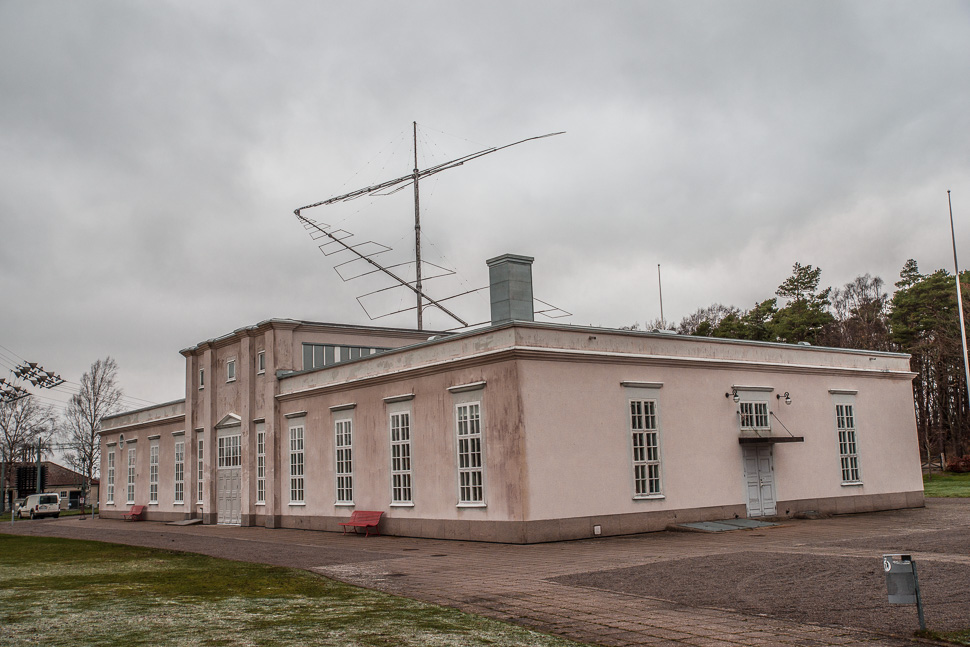
It was added to the UNESCO World Heritage List in 2004, with the statement: “Grimeton Radio Station, Varberg is an outstanding monument representing the process of development of communication technology in the period following the First World War.” The radio station is also an anchor site for the European Route of Industrial Heritage.









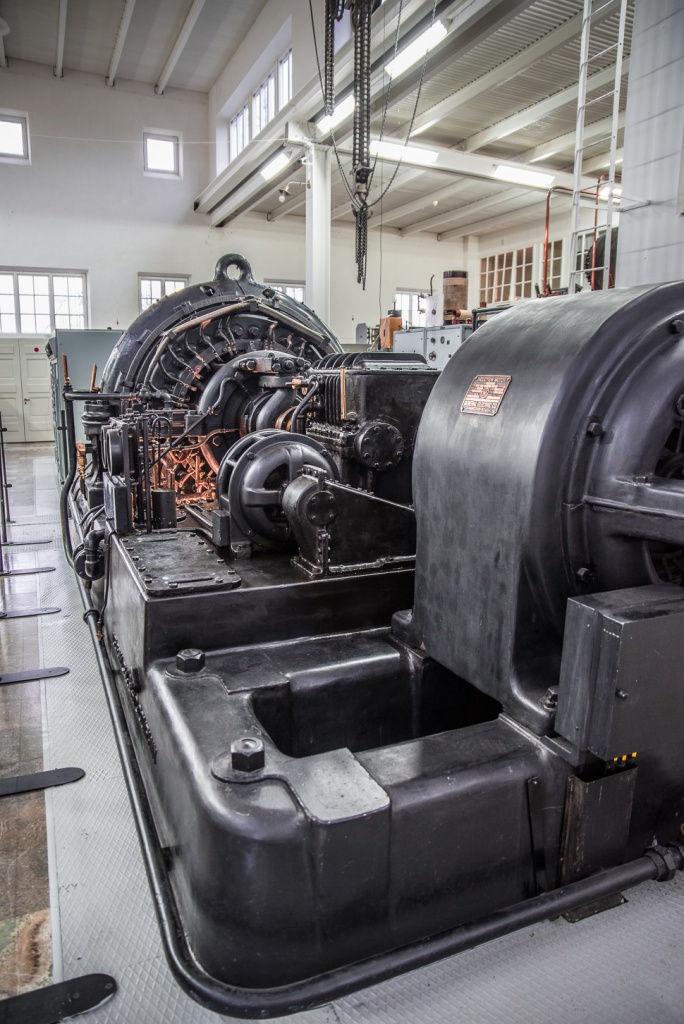
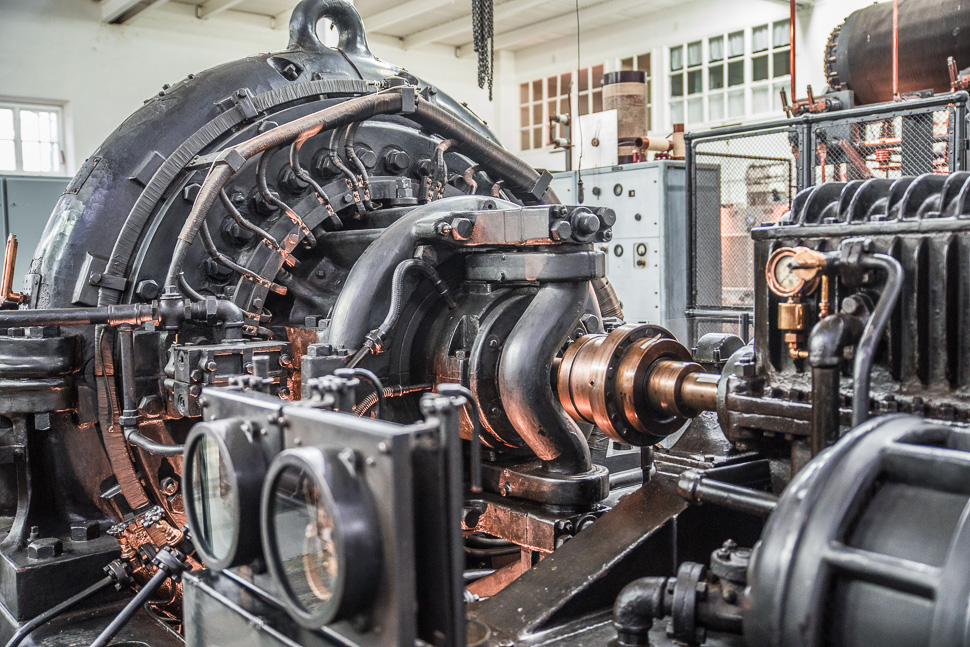
The motor to drive the generator is capable of delivering 500 HP (approximately 370 kW). It is supplied by a 2,200V, and turns at 711.3 rpm to obtain the specified frequency of operation. The complete transmitter set weighs about 50 tons.


The development of the “vacuum tube” made it possible to generate and control higher radio frequecies. This made the usage of short wave suitable for radio communication from 1930s onwards.

Over the time more than 10 generations of short wave transmitters were used in Grimeton.
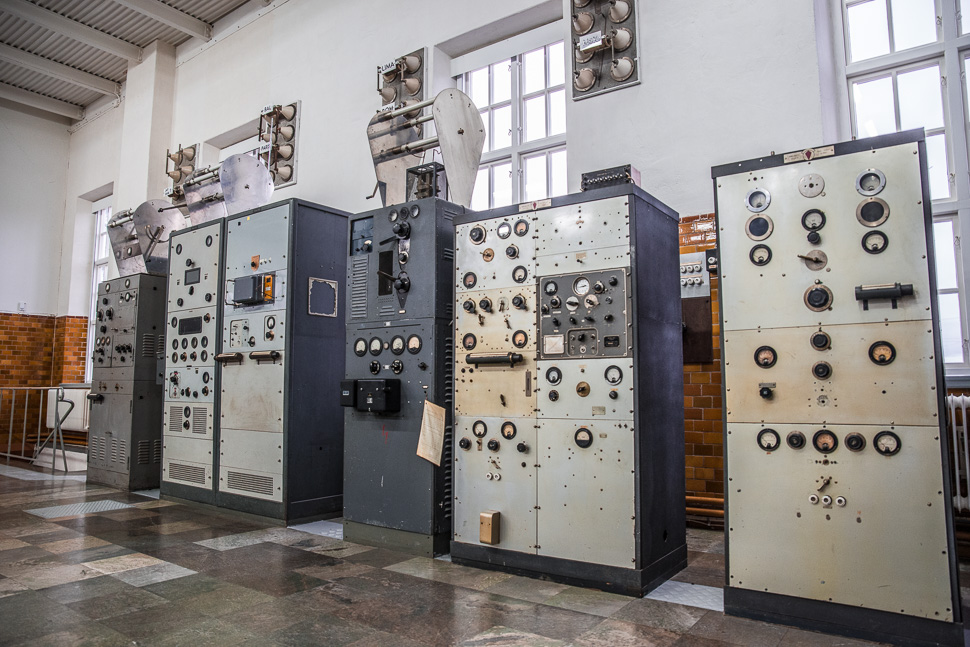


The transmitter of 1924 is still in operational condition, and each year on a day called Alexanderson Day it is started up and transmits brief Morse code test transmissions, which can be received all over the world. See: LISTENING REPORTS



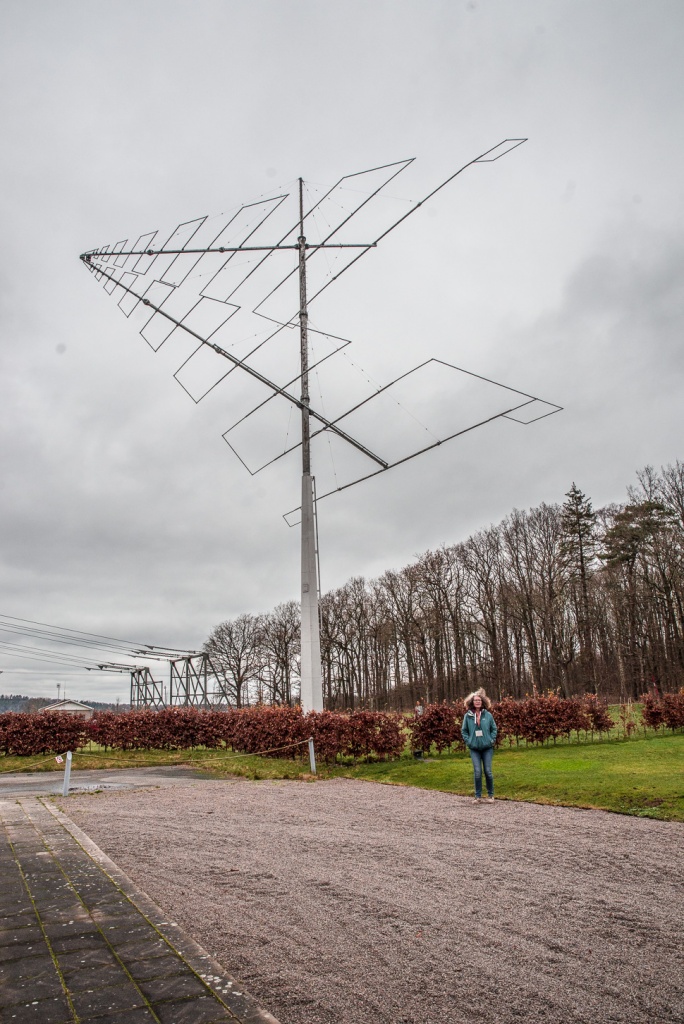





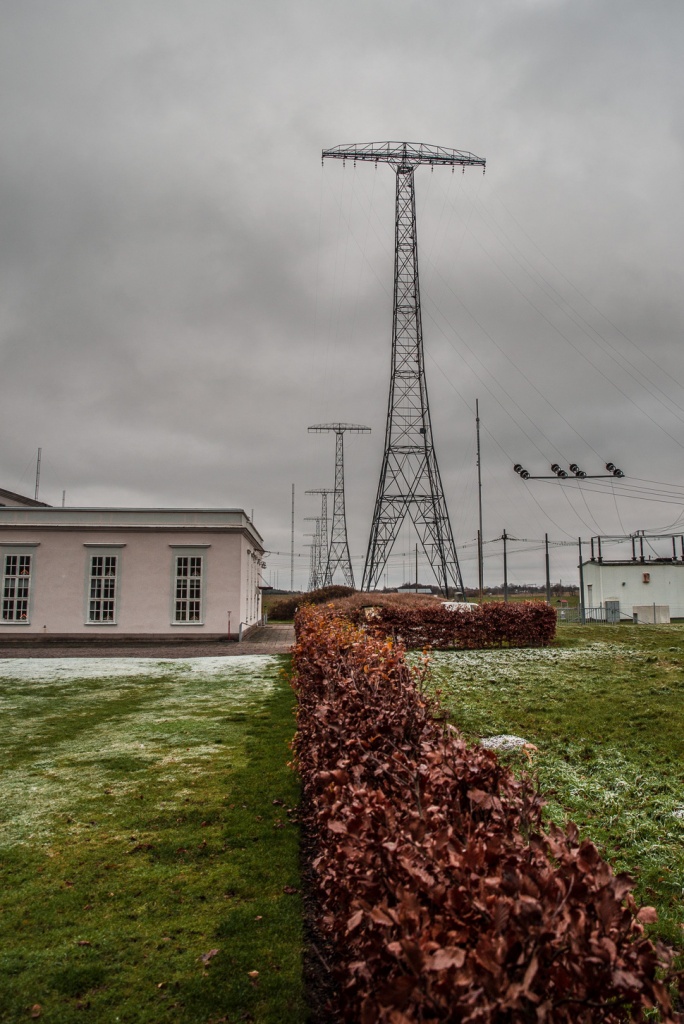
Maybe you have to be a radio communication enthusiast to appreciate this relict of technology but we were fascinated. When it was built, it was at the top of technology but soon it was outdated by new developments. A process which seems to continue faster and faster.
As the weather didn’t inspire us to stay longer in Sweden, we were now on our way to Denmark, more on our next post!

Thanks for sharing, 73 – ZS5YH